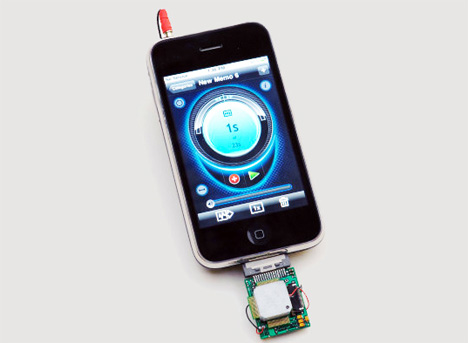
 They come in adult sizes too! Just pull them up over your trousers and slide down! If only it was snowing here in Jordan!
They come in adult sizes too! Just pull them up over your trousers and slide down! If only it was snowing here in Jordan!
 Designers: Kitae Pak & Inyong Jung
Designers: Kitae Pak & Inyong Jung
NASA isn’t just good for bringing you awesome space pictures; they can now help you figure out, via your iPhone, if that really is gas you’re smelling. Their chemical-sniffing device is about the size of a postage stamp and plugs into the iPhone to collect and transmit data from its sensor. It uses a “sample jet” to detect chemicals like ammonia, chlorine gas, and methane, even in low concentration. The device’s multiple-channel silicon-based sensing chip consists of 64 nanosensors; after analyzing a sample it can send data via a telephone network or Wi-Fi.




SWEATSHOPPE, The Landing from SWEATSHOPPE on Vimeo.
 In 2008 the average American consumed 95,834 kilowatt hours of energy, most of which would have come from the burning of fossil fuels. But if our energy use had a more direct impact on our bodies, would we think more about what we consume?
In 2008 the average American consumed 95,834 kilowatt hours of energy, most of which would have come from the burning of fossil fuels. But if our energy use had a more direct impact on our bodies, would we think more about what we consume? 



